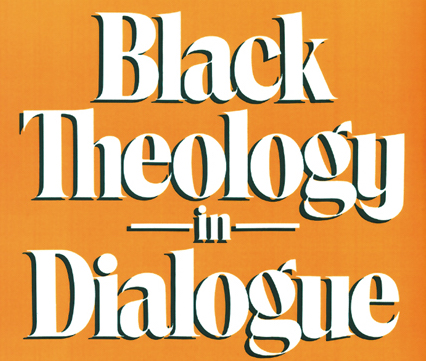By Matthew Emerson
Walter R. Strickland II. “Liberation and Black Theological Method: A Historical Analysis.” Ph.D. Diss: University of Aberdeen, 2017.
Summary
Despite common historical pressures that gave rise to its distinctive tasks and goals, Black Theology is not a monolithic movement. There are a diversity of approaches and methodologies within Black Theology, some of which contradict or critique others within the same movement. Even so, according to Walter Strickland, Assistant Professor of Systematic and Contextual Theology Associate Vice President for Diversity at Southeastern Baptist Theological Seminary, Black Theology lacks sustained attention to the underlying methodologies held by its proponents.
Login to read more
Sign in or create a free account to access Subscriber-only content.
Topics:
